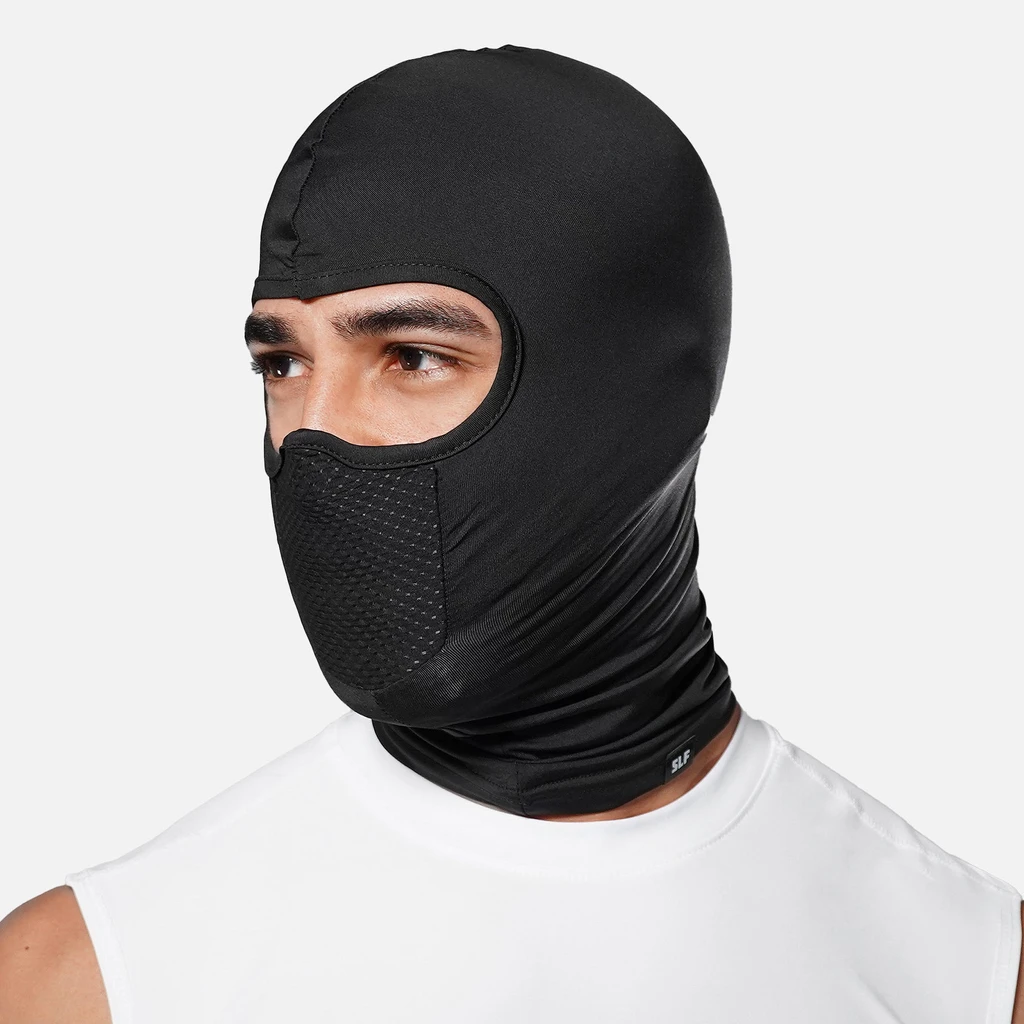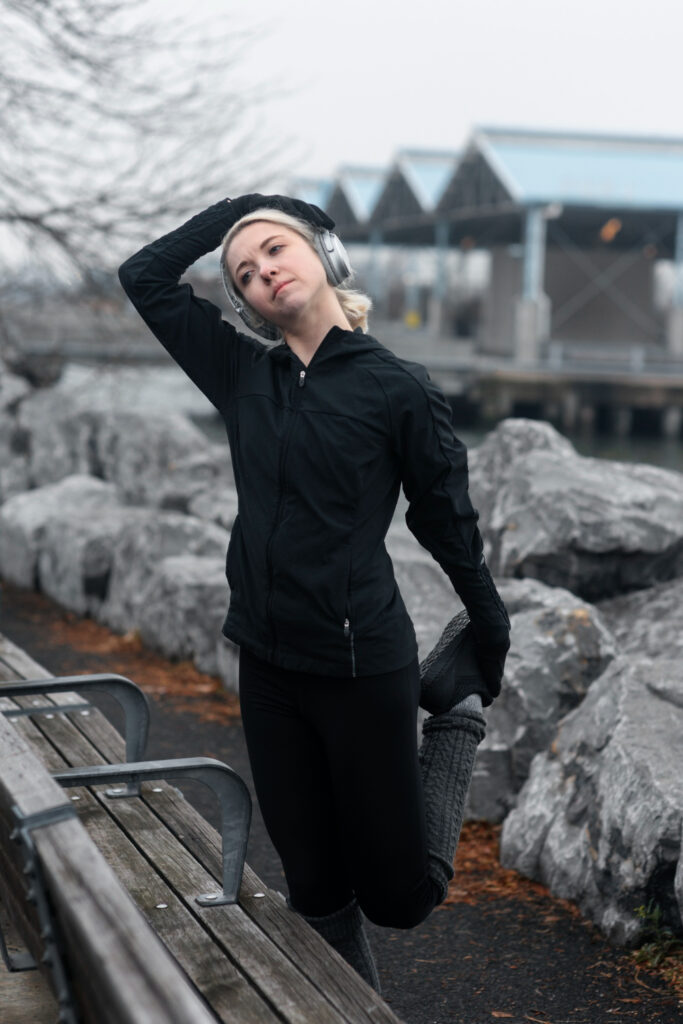In recent years, the shiesty mask has become a familiar sight in both fashion and everyday life. Once seen mainly in rap videos or cold-weather gear, it has grown into something larger: a mix of style, identity, and utility. While some people wear it as a statement of fashion, others rely on it for warmth, privacy, or simple comfort. The shiesty mask is more than just a piece of cloth covering the face — it has become a symbol that reflects culture, controversy, and modern streetwear trends.
What Exactly Is a Shiesty Mask?
The term “shiesty mask” usually refers to a balaclava-style covering that conceals most of the face, leaving only the eyes, nose, or mouth visible depending on the design. Unlike ordinary winter masks or scarves, the shiesty mask has a snug fit and a sleeker, minimal look. Many versions are made from soft, stretchy materials such as cotton blends, fleece, or lightweight knits, making them comfortable for long wear.
What sets the shiesty mask apart from other face coverings is not only its style but also the cultural meaning it carries. While ski masks and balaclavas have existed for decades, the shiesty mask has taken on its own identity thanks to music, fashion, and the way younger generations use it as both a functional and symbolic accessory.
Origins and Cultural Influence
The name “shiesty mask” was popularized in part through hip-hop culture, particularly connected with rapper Pooh Shiesty, whose music and public image featured the mask prominently. This association gave the mask its nickname and tied it to the world of street culture. However, the roots of the mask go much deeper than music.
Balaclava-style masks were originally designed for cold-weather protection, especially in military and outdoor sports settings. Over time, they shifted into urban culture, becoming linked with anonymity, privacy, and sometimes rebellion. The shiesty mask took this legacy and reshaped it for a modern audience. Social media, rap videos, and online trends quickly amplified its presence, making it a recognizable symbol for both fashion lovers and critics alike.
Everyday Uses and Practical Purposes
Although the shiesty mask is often discussed in terms of style and culture, many people wear it for practical reasons. In colder climates, it provides excellent warmth by covering most of the face, especially during winter sports like skiing or snowboarding. Cyclists, runners, and outdoor workers also use it to protect against wind, dust, and sun exposure.
Another everyday use is privacy. For individuals who prefer not to draw attention, the mask offers a sense of comfort and anonymity in crowded places. During the pandemic, when face coverings became common worldwide, the shiesty mask gained even more visibility. It was no longer unusual to see people with face masks, and the balaclava style blended naturally into this environment.
Beyond function, the mask has also become a simple piece of casual wear. Some treat it like a hoodie or a cap — something to put on without much thought, whether for warmth, comfort, or a quick trip outside.
The Role of Fashion and Streetwear
Fashion has played one of the biggest roles in pushing the shiesty mask into the mainstream. Streetwear brands began producing masks in bold colors, unique patterns, and premium fabrics, turning them into accessories rather than just practical items. As celebrities and influencers wore them, demand grew.
In streetwear culture, where individuality and self-expression are central, the shiesty mask became a blank canvas. For some, it adds mystery and confidence to an outfit. For others, it represents belonging to a certain style community. Pairing a shiesty mask with oversized hoodies, sneakers, or puffer jackets has become a recognizable look.
Interestingly, the fashion world also embraced the mask beyond the streets. High-end designers introduced balaclava-inspired pieces on runways, and luxury brands reimagined them with premium materials. This crossover shows how the shiesty mask evolved from niche streetwear into a global style element.
Public Perception and Controversy
Despite its popularity, the shiesty mask is not without controversy. Because it covers the face, it is often associated with anonymity and, at times, with crime. In some places, wearing one in public can lead to negative assumptions or even legal restrictions. For example, certain cities and venues discourage face coverings due to safety concerns.
The media has also influenced how people view the mask. When worn in rap videos, it may be linked to toughness or rebellion. In everyday life, this same image can create misunderstandings, especially among those unfamiliar with its fashion and cultural roots.
At the same time, many wearers emphasize that the shiesty mask should not be judged solely by stereotypes. For them, it is about comfort, style, and cultural expression. The debate around the mask highlights the tension between individuality and public perception, showing how a simple piece of clothing can carry powerful social meaning.
Choosing the Right Shiesty Mask for You
For those interested in wearing a shiesty mask, the key is choosing one that fits your lifestyle and needs. Comfort is essential, so breathable fabrics like cotton blends or moisture-wicking synthetics work well for everyday use. If warmth is the goal, fleece or wool versions are better.
Fit also matters. A mask that is too tight can feel uncomfortable, while one that is too loose may not stay in place. Many modern designs offer stretchable fabrics that adjust naturally to different face shapes.
Another factor is style. Some prefer solid, neutral colors that blend into outfits, while others go for bold designs that stand out. Whether the purpose is fashion, warmth, or both, there is a wide variety to choose from.
Finally, consider when and where you plan to wear it. In some areas, full-face coverings may not be practical or may even be restricted, so lighter versions with adjustable openings might be a better choice.
Conclusion
The shiesty mask has grown far beyond its origins, evolving into a symbol of culture, fashion, and practicality. For some, it is simply a warm and useful accessory. For others, it represents style, privacy, or identity. Its journey from cold-weather gear to cultural icon shows how everyday items can carry deeper meanings in society.
As with many fashion pieces, the shiesty mask is best understood in context — it can be both controversial and empowering, simple yet symbolic. Whether worn for comfort, fashion, or function, it continues to shape conversations around streetwear and modern style.
FAQs
1. What makes a mask a “shiesty mask”?
A shiesty mask is typically a balaclava-style face covering that leaves only part of the face visible. It stands out from regular masks due to its sleek fit and strong ties to music and streetwear culture.
2. Are shiesty masks illegal to wear?
In most places, wearing a shiesty mask is not illegal. However, certain areas may have restrictions on face coverings for safety reasons, so it is always wise to check local guidelines.
3. Can you use a shiesty mask for sports or outdoor activities?
Yes, many people wear shiesty masks for skiing, running, biking, or other outdoor activities. They protect against wind, cold, and dust while staying lightweight and comfortable.
4. Why are shiesty masks linked to street culture?
The mask gained popularity through rap music, especially connected to artists like Pooh Shiesty. Its use in music videos, fashion, and social media tied it to streetwear culture and gave it cultural significance.




